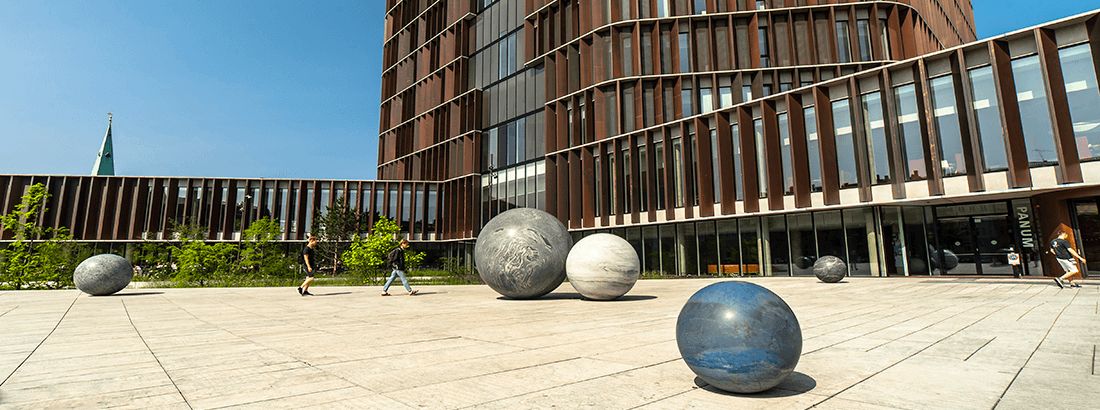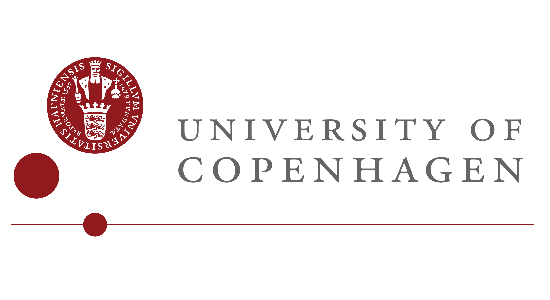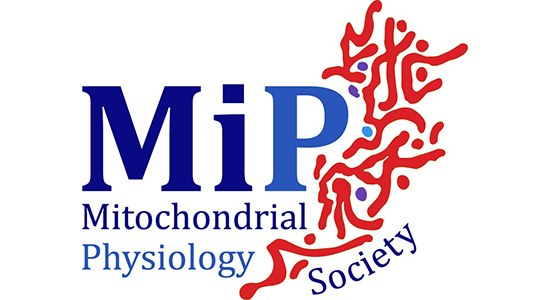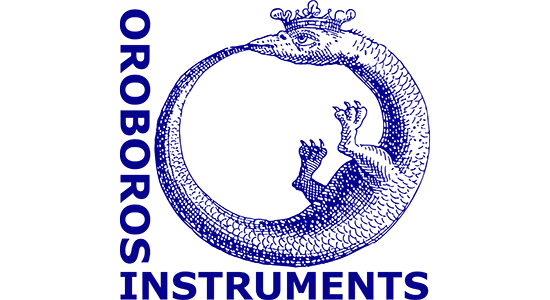15th MiPschool: O2 transport and utilization
From the atmosphere to the mitochondria in health and disease
18-22 August 2025, Copenhagen, Denmark

It is a pleasure to welcome you to the MiPschool 2025 course on oxygen transport and utilization: from the atmosphere to the mitochondria in health and disease in Copenhagen.
It is the 15th edition of the Mitochondrial Physiology Society's training school.
The course will introduce the students to different methods via the workshops. Mitochondrial functional measurements will be demonstrated and thought in the workshops, as well as hemoglobin mass and blood volume assessment.
In the afternoons there will be lectures covering different topics, and where the emphasis will be on the oxygen transport and utilization cascade.
The following will be covered in the lectures: How exercise and exercise training affects the transport and utilization of O2 in young and old female and male healthy individuals as well as in main patient populations. Elite athletes will be used to exemplify the other extreme of the spectrum.
The scientific programme consists of:
- Workshops (Tuesday, Wednesday, and Thursday morning)
- Lectures (Monday to Friday)
- Student presentations (Tuesday and Thursday afternoon)
There will be a social dinner on Wednesday. More information about this later.
The dinner is sponsored by the Danish Cardiovascular Academy.
Registration fee
Registration fee (workshops and lectures): EUR 550
Registration fee (lectures only): EUR 400
Please note that the registration fees for the course are exempted from VAT as it is an accredited course.
Please make your registration before 31 July 2025.
The registration fee includes course participation, lunch all days, drinks and dinner on 20 August.
Registration includes a bi-annual MiPmembership fee of the MiPsociety.
The course entitles you to credit: 4.3 ECTS
Register for the course
Danish PhD students and PhD students from other Nordic countries.
PhD students enrolled at a Nordic University will have the course fee paid by the Graduate School of Health and Medical Sciences.
REGISTER HERE (only PhD students)
Postdocs affiliated to Danish universities, sponsored by Danish Cardiovascular Academy (DCA)
There will be a number of free seats for postdocs affiliated to Danish universities, sponsored by Danish Cardiovascular Academy (DCA). For more information about this contact Steen Larsen at stelar@sund.ku.dk.
All other participants
You will be asked for:
- General registration information.
- A prioritization of the workshops you would like to attend.
(We will do our best to schedule you for your first three prioritized workshops. Should this not be possible due to too many requests for a particular workshop, you will be contacted to find the best possible solution). - Whether you will participate in the social programme on Wednesday afternoon
Registration on a first-come, first-served basis.
Registration cancellation and refund policy
Notification of cancellation must be sent to stelar@sund.ku.dk, and must include bank information where a possible refund may be remitted to.
Refund
- Before 1 August: Registration fee is refunded.
- After 1 August: No refund of registration fee possible
Refunds are not made for unattended events, late arrivals or early departure.
Please submit your abstract as early as possible, but not later than the 23 July.
Abstract will be published in the Bioenergetics Communications (BEC) the official journal of the MiPsociety.
Submission guidelines
Length: 250 words.
Spacing: Set page size to A4, margins: 3 cm top, 2.5 cm bottom, 2.5 cm left, 2.5 cm right.
Font: Cambria.
Title: (bold, font size 20 pt)
Use capital letters in the title only where necessary.
Authors: (font size 14 pt)
Presenting author's surname + first name (+ initials), underlined, e.g. Smith Jane F
For networking purposes including a headshot photo of the presenting author is recommended.
Co-authors' surname + initials. e.g. Sanders HF
If authors are based at different institutions provide a superscript to indicate their affiliations and use a comma without space to separate numbers. e.g. Sanders HF1, Gonzalez A1,2
Affiliations: (font size 10 pt)
Separate affiliations by semicolons and link to authors using superscripts, e.g. 1Dept VW, Univ XY; 2Dept TU, Univ Z
Use abbreviations for Department, University, etc. (Dept, Univ)
Presenting author's email address is given at the end of all affiliations
Main text: (font size 12 pt, justification)
Structured in paragraphs with bold headers for each section, use 5 mm tabs
Recommended sections for typical original experimental communications:
Introduction: Should not be longer than one paragraph providing an appropriate background for the research work.
Methods: The methods should provide enough detail of all the procedures used in the extended abstract to allow the reproducibility of the presented research. We encourage authors to provide information related to the experimental design as suggested in ARRIVE and NIH guidelines (e.g., information about replicates, randomization, blinding, sample size, and the criteria for inclusion and exclusion of any data or subjects).
Results and discussion: The results should be clear and concise. The discussion should be precise and not longer than one or two short paragraphs.
SI units and IUPAC recommendations:
Manuscripts must adhere to SI units and IUPAC recommendations. MitoEAGLE recommendations on terms and symbols are to be implemented.
» IUPAC Green Book: http://media.iupac.org/publications/books/gbook/IUPAC-GB3-2ndPrinting-Online-22apr2011.pdf
» MitoEAGLE: https://www.bioenergetics-communications.org/index.php/bec/article/view/gnaiger_2020_mitophysiology
Decimal and thousands separators: (123 456.00)
Use a period to indicate the decimal place, and a space to separate groups of thousands in data tables, and text.
References: (font size 10 pt)
Provide up to seven references.
As a signatory of DORA, we introduce the concept of References in BEC https-format:
- For periodical publications: 1. Chance B, Williams GR (1955) Respiratory enzymes in oxidative phosphorylation. I. Kinetics of oxygen utilization. https://doi.org/10.1016/S0021-9258(19)57189-7
- For publications with more than 12 authors: use et al after the 1st author
- For consortia publications, mention the consortium name: 2. Gnaiger E et al ― MitoEAGLE Task Group (2020) Mitochondrial physiology. https://doi.org/10.26124/bec:2020-0001.v1
- For books: 3. Nelson DL, Cox MM (2021) Lehninger principles of biochemistry. 8th ed. WH Freeman ISBN:9781319228002
Cite references in the text by sequential numbers given in brackets, e.g. [1].
Use lower case letters for the title.
Figures and tables:
Include one figure/table with short captions.
Keywords: (font size 10)
Provide up to 5 key words.
Author contributions: (font size 10)
e.g. Data collection and evaluation was performed by AA, AB, AC. All authors wrote the manuscript. AA and AB designed the framework of the review.
Conflicts of interest: (font size 10)
e.g. AB declares the following conflicts of interest XXX. AA has declares no conflict of interest.
You have to arrange accommodation yourself.
Suggestions:
Organizers
Steen Larsen, Associate Professor, MSc, DMSci.
University of Copenhagen
Faculty of Health and Medical Sciences
Dept. of Biomedical Sciences
E-mail: stelar@sund.ku.dk
Carsten Lundby, Professor, PhD
University of Southern Denmark
Email: carstenlundby@health.sdu.dk
Venue
The course will take place at the Panum Institute, which is part of the University of Copenhagen.
It is located a few kilometers from the center of Copenhagen and can easily be reached by public transport.
Address: Blegdamsvej 3B, 2200 Copenhagen N




